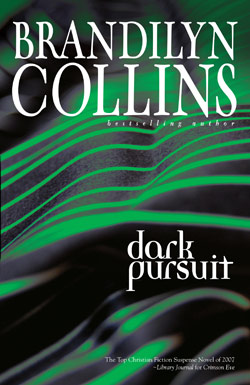A prologue should be
removed from the main story by either time or space.
In
Part I we discussed the need for a prologue to be compelling and short.
Here we look at a second principle: A prologue should be removed from
the main story by either time or space.
Time—Back
A prologue may be an event
occurring before the main story. It could be years or mere days. It
depends on the time length of the main story. If it’s a suspense that
takes place in eighteen hours, a scene that occurs one week previously
seems like a long time by contrast.
Sometimes novels will have a
first chapter that happens years before the second chapter. This is a
prologue in disguise. Perhaps the negativity about prologues made the
author too cautious to call this opening what it is. If a scene fits
the bill for an effective prologue, label it as such. If it doesn’t,
don’t try to disguise your use of the scene by calling it “Chapter
One.” If it’s labeled “Prologue,” the reader will understand it’s
removed from the main story. If it’s called “Chapter One,” the reader
expects the main story to begin in that timeframe. Jumping years ahead
in chapter two then feels jarring.
Time—Forward
There’s only one way I’ve seen
this work: if the prologue shows a snippet of some future event that
doesn’t become clear until the end. For example, it could be a scene of
a man trembling with tension, walking into a darkened room to meet
someone. Not until the crisis/climax do you find out what man, what
room, why the man’s tense.
If I wrote such a prologue (and
I haven’t, to date), I’d do it to set up a twist. I’d want the reader
to assume it’s Man A, in Room B, meeting character C. In fact, it would
be Man C, in Room E, meeting character D. But the question I’d have to
answer is: Is this the best way to set up the twist? Usually not.
Most time-forward prologues fall
into a different category: using a complete action- or emotion-filled
scene from further in the story. I advise against this. What’s really
happening is the author senses chapter one is a slow start, and he
wants to throw some higher energy up front. The problem is two-fold.
One, it doesn’t fix the slow first chapter. After an exciting prologue,
there’s a huge dip in energy. In fact, here a compelling prologue works
against itself. The more grabbing it is, the more we’ll feel that lull
in chapter one. Two, everything in the story until we catch up
to that scene is rendered mere set-up.
If
we know that exciting scene is coming, all else before it becomes back
story. Readers will be impatient to catch up to that excitement and
move on. You’ve launched the all-important “what happens next?”
question in their minds based on a scene that won’t occur until page
forty-five. Pages one through forty-four may seem pretty boring.
Admittedly, I’m speaking like a
suspense author. Some may say
|
this
technique is more viable in other
genres. I still say don’t do it. Novels that use this technique may
succeed, but I’d argue there was a better way to tell the story.
Space
This can be geographical: Your
story takes place in Hawaii, while the prologue is set in Colorado.
However, there’s also a conceptual kind of “space,” which is between
reader and character. This plays out through changes in POV (point of
view.) Let’s say your story is told in close third POV—which puts the
reader firmly in the character’s head. The prologue might be told in
omniscient POV, or a removed third, which is somewhere in the middle.
Here again the reader’s inherent understanding of a prologue helps make
the technique work. The reader will accept that the POV used in the
prologue varies from the POV in the main story.
Or your story may be told in
first person, but the prologue needs to focus on another character and
is told in third. In today’s fiction it’s not uncommon to see POV
shifts between first and third in different chapters. However, a first
person story needs to present the protagonist’s POV in chapter one
because you want your reader to connect with that character right away.
A chapter one written from some supporting character’s third person POV
leads the reader to assume that’s the character she should empathize
with most. She’ll be jarred by the sudden first person at the beginning
of chapter two.
In a first-person story, if you
write a third-person prologue—which means delaying the entrance of your
protagonist—you’d better have good reason. I have written this kind of
prologue. We’ll talk about that and other examples of prologues in Part
III.

|